Essential Mining Techniques Every Beginner Should Know
EARTH DRILLINGMINING TECHNIQUES
Harsh Mundra
2/8/20255 min read
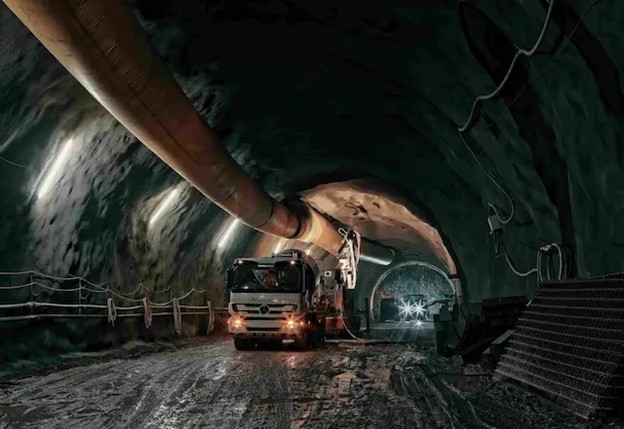

I. Introduction to Mining Techniques
A. Overview of Mining
Mining is the process of extracting valuable minerals or other geological materials from the Earth. It holds immense significance as it provides essential resources for various industries, including construction, electronics, and energy. Historically, mining practices date back thousands of years, from simple tools used by early humans to modern-day machinery.
There are primarily two types of mining operations:
● Surface Mining: This involves removing soil and rock to access minerals near the Earth's surface. It's commonly used for minerals like coal, gold, and copper.
● Underground Mining: This technique is applied when minerals are located deep within the Earth. It involves creating tunnels or shafts to extract materials like diamonds, zinc, and lead.
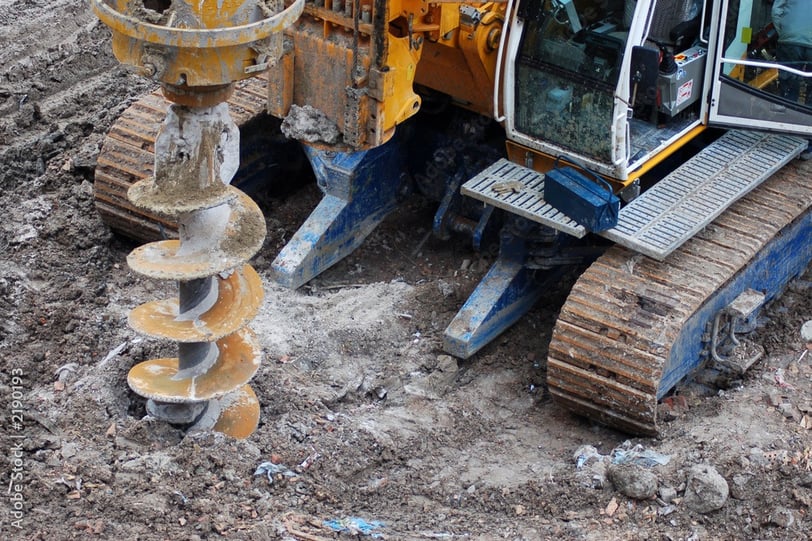

B. Importance of Learning Mining Techniques
Understanding fundamental mining techniques is a foundational aspect for success in the industry. Knowledge enhances efficiency and safety while navigating the complexities of mining operations. Moreover, familiarity with safety measures and regulations minimizes risks to workers and the environment.
Environmental considerations in mining are also crucial, as improper practices can lead to significant ecological damage. Learning responsible techniques helps in preserving natural resources for future generations.
C. Objectives of the Article
This article aims to:
● Outline essential techniques for beginners embarking on their mining journey.
● Provide a roadmap for further learning and development in the field.
● Encourage responsible and sustainable mining practices.
II. Basic Tools and Equipment in Mining
A. Hand Tools
Hand tools like shovels and pickaxes are the primary tools used in mining. While they may seem basic, their effectiveness is unmatched in small-scale operations. Alongside these, personal safety gear such as helmets, gloves, and sturdy boots is essential to protect against hazards.
Usage and Maintenance Tips:
● Ensure tools are regularly cleaned and inspected for wear.
● Store them in a dry place to prevent rust and damage.
B. Machinery and Equipment
Heavy machinery plays a vital role in modern mining. Equipment like excavators, loaders, and drills significantly increase productivity and efficiency. However, it's crucial for operators to undergo proper training to handle these machines effectively and safely.
Regular maintenance checks are essential to ensure equipment reliability and safety. Keep a maintenance schedule to avoid unexpected breakdowns.
C. Locating and Surveying Instruments
Effective mining begins with the proper identification of mineral sites. Maps and compasses are traditional tools for exploration, but modern GPS technology has revolutionized this process. Learning basic surveying techniques can greatly benefit beginners, helping them understand property boundaries and mineral locations.
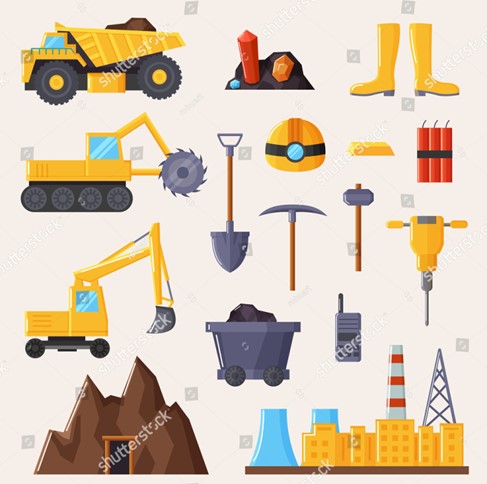

III. Extraction Techniques
A. Surface Mining Methods
Surface mining includes methods like open-pit and strip mining, which allow for large volumes of soil removal and mineral extraction. Techniques involve stripping away layers of soil to access minerals beneath. Conducting environmental impact assessments is paramount to evaluate and mitigate the potential harm to ecosystems.
B. Underground Mining Methods
In contrast, underground mining entails more complex techniques such as shaft mining and room-and-pillar mining. Safety considerations are critical in these operations, including ensuring adequate ventilation and structural support. Techniques for mineral extraction at depths require careful planning to maximize yield while minimizing risk.
C. Placer Mining Techniques
Placer mining targets minerals in alluvial deposits, usually found in river beds and floodplains. Techniques such as panning and sluicing allow miners to separate valuable materials like gold from sediment. Equipment employed in placer mining can range from basic pans to more complex sluice boxes, enabling various scales of operation.
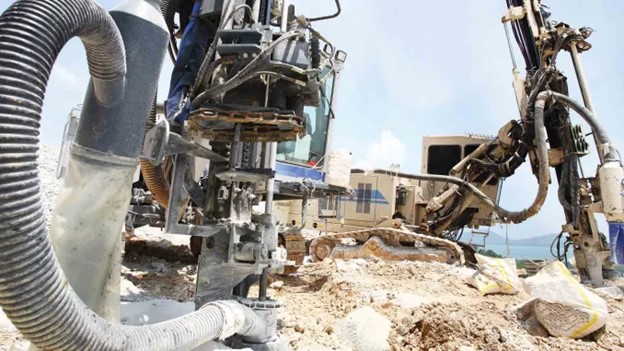

IV. Safety Practices in Mining
A. Understanding Mining Hazards
Mining can be dangerous, with hazards like cave-ins, equipment accidents, and exposure to harmful substances presenting significant risks. Identifying and assessing these risks should be a priority for miners. Regular safety training and drills can prepare teams to handle emergencies effectively.
B. Personal Protective Equipment (PPE)
Personal Protective Equipment is essential in ensuring miner safety. PPE includes hard hats, safety glasses, masks, and high-visibility clothing. Proper usage requires adherence to safety standards, as protective gear can save lives during incidents.
C. Emergency Procedures
Establishing emergency procedures is vital for any mining operation. This includes creating evacuation plans and conducting regular emergency drills. First-aid training should also be implemented to prepare workers for potential medical emergencies, emphasizing communication during crises.
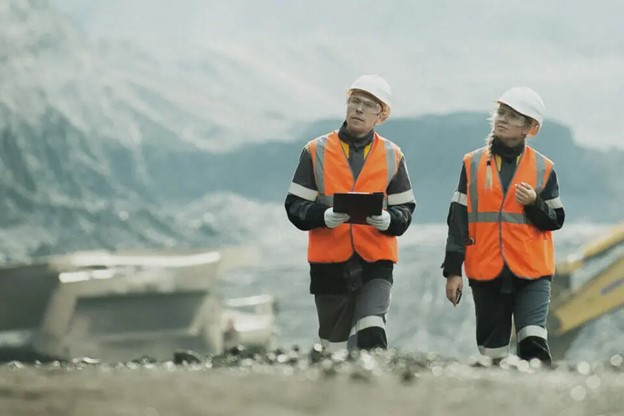

V. Environmental Considerations
A. Sustainable Mining Practices
Sustainability is becoming increasingly important in the mining industry. Techniques to minimize environmental impact include responsible waste disposal and resource conservation. Establishing rehabilitation and reclamation processes helps restore mining sites to their natural state once extraction is complete.
B. Regulatory Compliance
Adhering to mining regulations and guidelines is non-negotiable. Environmental assessments play a critical role in maintaining compliance and ensuring that mining activities meet local, national, and international standards. Obtaining the necessary permits and documentation is essential for both legal and operational success.
C. Community Engagement
Building positive relationships with local communities is essential for sustainable mining practices. Transparency in operations fosters trust and can lead to beneficial cooperation. Engaging with community members also aids in understanding their concerns and providing avenues for mutual support.
VI. Conclusion and Summary
This article has outlined essential mining techniques every beginner should know, from basic tools and extraction methods to safety practices and environmental considerations. Emphasizing responsible mining is crucial to preserving our planet and its resources. Continuous learning and adherence to safety standards will ensure success in this vital industry.
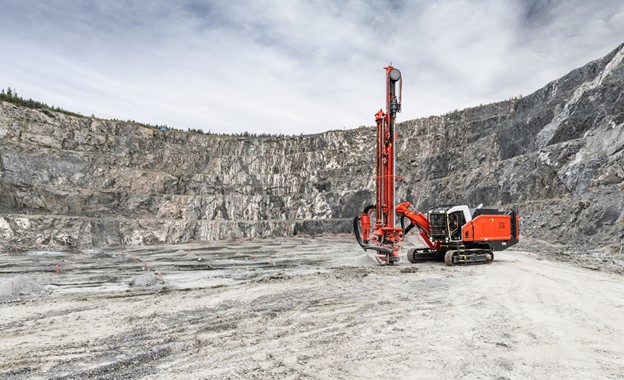

VII. Frequently Asked Questions (FAQs)
What are the basic tools needed for mining?
Basic tools include hand tools like shovels, pickaxes, and safety gear such as helmets and gloves.
How can beginners ensure their safety while mining?
Safe practices include wearing PPE, understanding hazards, participating in safety training, and having emergency procedures in place.
What are the key differences between surface and underground mining?
Surface mining involves extracting minerals located near the Earth's surface, whereas underground mining accesses deeper deposits through shafts or tunnels.
How can one get started with sustainable mining practices?
Start by learning about sustainable techniques, understanding environmental regulations, and engaging with local communities to assess impacts.
What permits and regulations should a beginner be aware of?
Beginners should familiarize themselves with local mining laws, environmental regulations, and the process to obtain necessary permits for operations.


